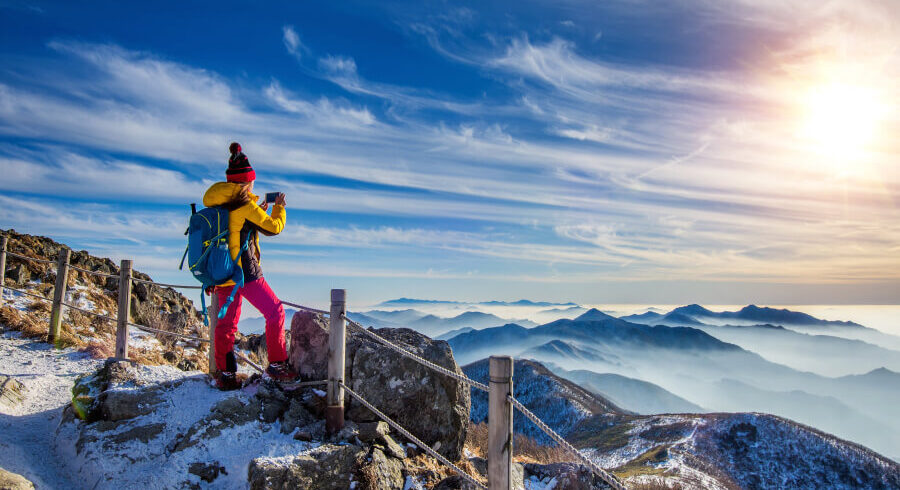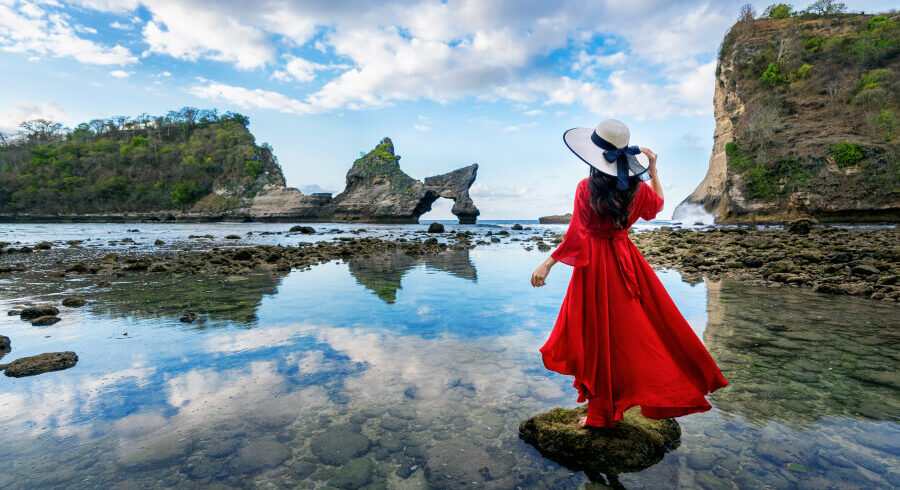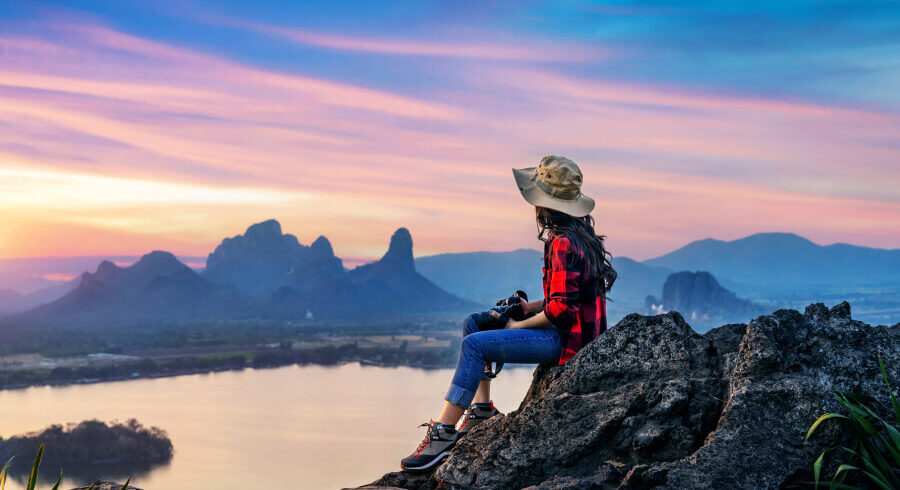Overview
Travel is the movement of people between relatively distant geographical locations, and can involve travel by foot, bicycle, automobile, train, boat, bus, airplane, or other means, with or without luggage, and can be one way or round trip. Travel can also include relatively short stays between successive movements.
The origin of the word “travel” is most likely lost to history. The term “travel” may originate from the Old French word travail, which means ‘work’. According to the Merriam Webster dictionary, the first known use of the word travel was in the 14th century.
Highlights
- Trek to the world-famous Everest Base Camp
- Enjoy the amazing view of the Himalayas from Kala Patthar
- Travel through the Sherpa villages of Namche, Khumjung, Khunde, and Dingboche
- Visit Tengboche the biggest and oldest monastery n the region.
Itinerary
A drive to Nizwa from Muscat is a scenic and exciting journey that takes you through Oman’s stunning landscapes. The trip typically takes around 1.5 to 2 hours, covering approximately 160 kilometers, and offers a chance to enjoy Oman’s rugged terrain, sweeping desert views, and traditional villages along the way. As you leave Muscat behind, you'll start by driving through the picturesque Hajar Mountains, where the peaks and valleys set a dramatic backdrop. The drive is smooth, with roads winding through desert landscapes dotted with small settlements and farms. Along the way, you might spot the occasional camel or goat herding, adding a touch of authenticity to your journey. Upon reaching Nizwa, you’ll be greeted by the iconic Nizwa Fort, which dominates the skyline, and the bustling Nizwa Souq, where Omani culture and history come to life. Nizwa is also a gateway to exploring the surrounding mountains and wadis, offering even more natural beauty to discover. This drive offers a peaceful escape from the city and a wonderful introduction to the rich heritage and landscapes of central Oman
Continuing your journey from Nizwa to Jebel Akhdar is an exciting adventure that takes you higher into the mountains, offering breathtaking views and a completely different landscape. The drive from Nizwa to Jebel Akhdar takes about 1 to 1.5 hours, depending on the route, and is a highlight of Oman’s stunning natural beauty. As you leave Nizwa, you’ll start ascending into the Hajar Mountains, gradually reaching the cooler, higher altitudes of Jebel Akhdar, also known as the Green Mountain. The road winds through steep, rocky terrain, with hairpin bends and dramatic cliffs on either side. The landscape begins to transform from desert to lush terraces, with orchards of pomegranates, grapes, and roses growing along the mountainsides, creating a vibrant contrast to the barren desert below. Jebel Akhdar is famous for its terraced farms and cool climate, making it a unique spot in Oman. Once you arrive, you can explore the traditional villages perched on the mountainside, with narrow pathways that offer incredible panoramic views of the valleys below. The area is perfect for hiking, with trails that lead to remote villages, ancient forts, and hidden wadis. This journey from Nizwa to Jebel Akhdar allows you to experience the heart of Oman's natural beauty and culture, and the cool mountain air is a welcome change after the desert heat. It’s a perfect escape for nature lovers and those seeking a peaceful retreat into the mountains.
Cost
The Cost Includes
- Pick-up or Drop-off service from and to Airport(in our own vehicle)
- Transportation to and from!!
- Food all along the trip(Breakfast, Lunch, Dinner and a cup of coffee or tea) and accommodations during the trip in hotels with family environment
- Transportation, food, accommodation and insurance of Guide during the trip
- Down jacket, all-season sleeping bag, duffel bag and trekking map(in case if you don’t have your own. Down jacket, sleeping bag and duffel bag must be returned after completion of the trip)
- First Aid Medical Kit(Your guide will carry the Medical Kit but we also advise to bring yourself for your own use, as far as possible)
- All the required permits and paperwork
The Cost Excludes
- International Airfare
- Visa Charges
- Hotel Expenses(In Kathmandu, some packages do include hotel expenses)
- Your travel and medical insurance
- Personal Expenses such as shopping, bar bills, hot shower, telephone, laundry, titbits etc
- Food and accommodations in Kathmandu
- Services not mentioned or not promised by the agent/agency
- Emergency expenses such as expenses on chartered helicopter.
FAQs
Annapurna Base Camp is a Grade B or a moderately difficult trekking route. So any fit person can do this trek, even if you do not have any previous experience. You should be aware of what to expect and mentally prepare for it. Then, as long as you will too, you can.
On average, you walk about 4 to 6 hours per day. One or two days can be as less as 3hrs and one or two days can be as long as 7hrs.
The highest altitude reached is 4190m. This is the elevation of Annapurna Base Camp. ABC is the highest we will climb in this trek.
Yes, you can charge batteries en route. Charger should be brought. There are hot shower facilities as well. You may have to pay a certain amount for both ($1-$2). Negotiate. Also, a hot water facility could be free at a lower elevation.
No. There are no ATMs on this trek route. You will have to draw enough cash in Pokhara or Kathmandu. There are a number of ATMs in these cities. Everything is paid in Nepali rupees. So money should be exchanged before the start of the trek.
Yes. The Internet can be accessed in most places. Sometimes, there might be some technical problems. The Internet in Nepal is not as fast as you are used to and at times you can just lose connection.
Not really. It depends on you. If you want, ABC trekking can be done independently. You could hire a guide and a porter by yourself instead of going through an agency or not hire a guide at all. Although, not having a guide can be a little problematic during the offseason.
It really depends on you. Is it your first time in Nepal? How confident are you of being able to find your way around? How pressed on time are you? If you go through an agency, it will be costlier but everything will be planned. You will only have to come, trek and return.
For the Annapurna region, pay for guides range from $20 to $30 per day and porters take $15 to $25 per day.



